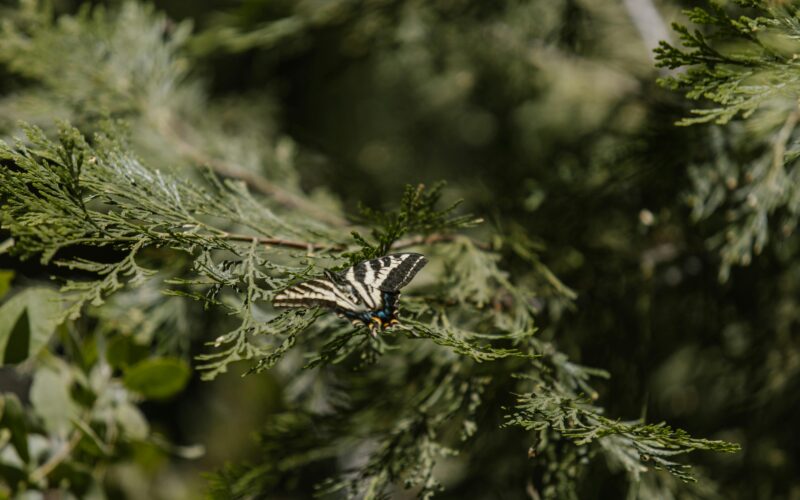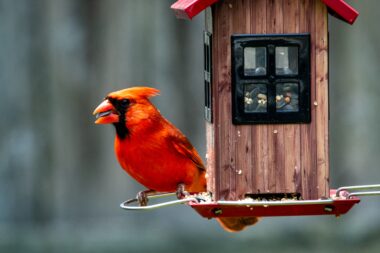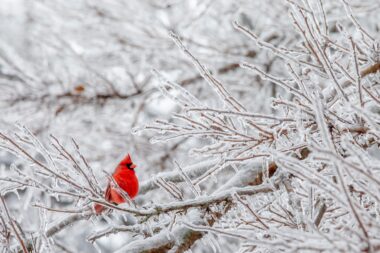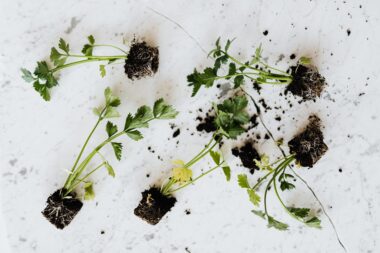Pollinators, often overshadowed by more charismatic wildlife, play a crucial role in the health of our ecosystems, economy, and daily lives. From bees and butterflies to birds and bats, these creatures are vital to the reproduction of many plants, including those we rely on for food. But just how important are pollinators, really? We explore the importance of pollinators and provide some practical tips on how to attract them to your Canadian garden.
What are Pollinators?
Pollinators are animals that help move pollen from one flower to another, which helps fertilise the plants, producing seeds and fruits. The most well-known pollinators include bees, butterflies, moths, beetles, birds, and bats. And each of these creatures plays a unique role in the pollination process.
Types of Pollinators
- Bees: Bees are among the most important and effective pollinators due to their behavior and physical adaptations. In Canada, over 800 species of bees contribute to the pollination of a wide range of plants. Native bees, like bumblebees and solitary bees, are particularly important. These bees have evolved alongside native Canadian plants and often pollinate certain flowers more effectively than non-native bees.
- Butterflies and Moths: Canada is home to 302 species of butterfly and about 5000 species of moths. Although butterflies are the more loved of the two, butterflies and moths belong to the same insect order, Lepidoptera. Butterflies typically prefer open, flat flowers where they can land, while moths are attracted to flowers with pale or white flowers heavy with fragrance.
- Birds: In Canada, hummingbirds are the primary bird pollinators. You’ll find five species of hummingbird across the country, pollinating a wide range of flowering plants, many of which have evolved specifically to be pollinated by these birds. They’re attracted to tubular flowers and get pollen on their body while searching for nectar, transferring it from flower to flower.
- Beetles and Other Insects: Beetles are one of the earliest pollinators and are still significant for certain plant species. They’ve been known to pollinate magnolia, paw paws, yellow pond lilies, goldenrods, yarrow and sunflowers. Flies, wasps, and ants also contribute to pollination, although they are less efficient than bees.
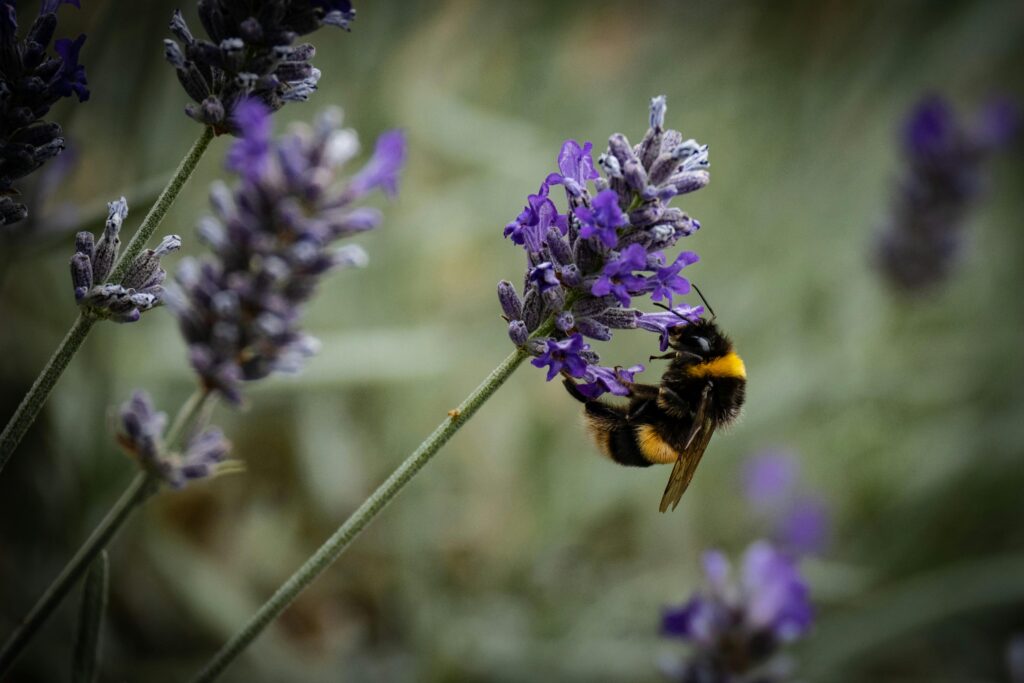
The Role of Pollinators in the Ecosystem
Understanding the importance of pollinators is crucial for appreciating their role in our environment. Pollinators are essential for the reproduction of many plants. They contribute to biodiversity, help maintain ecosystems, and support our food supply. In fact, approximately one-third of the food we eat depends on animal pollination, including fruits, vegetables, nuts, and seeds. As if that’s not enough, pollinators also contribute to the production of fibres, like cotton.
The Importance of Pollinators in Canada
Economic Impact
Pollinators are major contributors to the Canadian economy. Crops including apples, blueberries, cranberries, and canola depend on them every year. So much so that the value of pollination services provided by insects, particularly bees, is estimated to be in the billions of dollars annually.
Environmental Benefits
Beyond their economic value, pollinators are incredibly important for maintaining biodiversity in our eco-systems. Between 75%-95% of flowering plants rely on animal pollinators to reproduce, playing a crucial role in our food webs. Plants that depend on pollination are a food source for herbivores, which in turn are prey for carnivores. Without pollinators, the entire food web would be disrupted, devastating wildlife and human populations.
Threats to Pollinators
The importance of pollinators can’t be overstated but despite this, they’re still under threat from multiple angles:
- Habitat Loss: Urbanisation, agriculture, and deforestation has led to the widespread loss of habitats that pollinators depend on for food and shelter.
- Pesticides: The use of pesticides, particularly neonicotinoids, has been linked to declines in pollinator populations. These chemicals can be toxic to pollinators, disrupting their ability to forage and reproduce.
- Climate Change: Changes in temperature and weather patterns can affect the availability of flowers and the timing of pollination. Extreme weather events, such as droughts and storms, also threaten pollinator habitats.
- Diseases and Pests: Pollinators are vulnerable to various diseases and parasites. For example, the Varroa mite is a significant threat to honeybees, spreading viruses and weakening colonies.
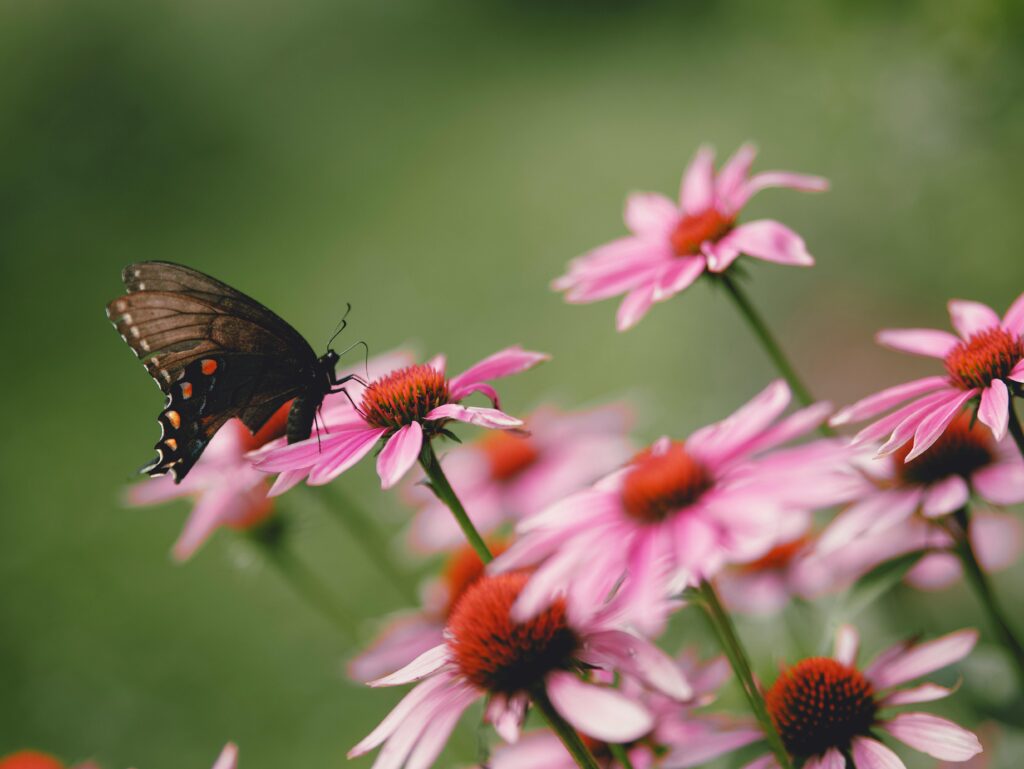
How to Attract Pollinators to Your Garden
If you have a garden, making it pollinator-friendly is a great way to support these little creatures. Here’s some steps you can take to attract pollinators to your Canadian garden:
Plant a Diverse Range of Flowers
Diversity in your garden ensures pollinators have access to food and shelter throughout the growing season. Choose a variety of plants that bloom at different times, from early spring to late fall. Native plants are especially beneficial because they’ve evolved alongside local pollinators.
Recommended Native Plants for Canadian Gardens
- Early Spring: Bloodroot (Sanguinaria canadensis), Wild columbine (Aquilegia canadensis)
- Summer: Black-eyed Susan (Rudbeckia hirta), Purple coneflower (Echinacea purpurea)
- Fall: New England aster (Symphyotrichum novae-angliae), Canada Goldenrod (Solidago canadensis)
Create Habitats
Provide habitats where pollinators can live and reproduce. This can include leaving some areas of your garden wild, with leaf litter and logs for ground-nesting bees and other insects. You can also install bee hotels to support solitary bees.
Tips for Creating Habitats
- Leave bare soil: Many bees nest in the ground and require patches of bare soil to dig their nests.
- Provide water: A shallow dish with water and pebbles can help pollinators stay hydrated.
- Plant milkweed: Essential for monarch butterflies, milkweed is a crucial host plant for their larvae.
Avoid Pesticides
Reduce or eliminate the use of pesticides in your garden. Opt for organic and natural pest control methods like companion planting, attracting beneficial insects, and physical barriers.
Natural Pest Control Methods
- Companion planting: Planting certain plants together can repel pests or attract beneficial insects. Basil and tomatoes go well together with basil disorienting moths from laying tomato hornworms. Planting garlic can also help deter aphids.
- Beneficial insects: Introduce insects like ladybugs and lacewings, which prey on common garden pests.
- Physical barriers: Use row covers or netting to protect plants from pests without chemicals.
Provide Shelter and Nesting Sites
Different pollinators have different shelter needs. Consider installing nest boxes for bees and butterflies, and leaving dead wood and leaf piles for beetles and other insects.
Creating Shelter
- Bee hotels: Build or buy bee hotels with varying hole sizes to accommodate different species.
- Butterfly houses: Install butterfly houses to provide refuge during bad weather.
- Log piles: Leave piles of logs or branches for beetles and other insects to inhabit.
Educate and Advocate
Raise awareness about the importance of pollinators and encourage others to create pollinator-friendly gardens. Support policies and initiatives that protect pollinator habitats and promote sustainable agricultural practices.
Ways to Educate and Advocate
- Host garden tours: Invite neighbours and friends to see your pollinator-friendly garden and share tips.
- Join local groups: Participate in local gardening clubs or environmental organizations focused on pollinator conservation.
- Support legislation: Advocate for policies that protect pollinator habitats and reduce pesticide use.
Conclusion
We hope we’ve helped you understand the importance of pollinators and how vital they are to our ecosystems and food supply. Their global decline is serious, and poses a significant threat to biodiversity, agriculture, and our future.
By creating pollinator-friendly gardens, Canadians can play an active role in supporting these essential creatures. Planting a diverse range of flowers, providing habitats, avoiding pesticides, and supporting monarch butterflies are all effective ways to attract pollinators to your garden. Through education and advocacy, we can ensure that future generations continue to benefit from the essential services provided by pollinators.
By fostering environments where pollinators can thrive, we not only contribute to the health of our ecosystems but also create beautiful, vibrant gardens that benefit both wildlife and people. By taking action today, we can work together to support the pollinators that play such a crucial role in our world.
The information provided in this article is for general informational purposes only. While we strive to provide accurate and up-to-date information, readers are advised to consult with experts or primary research sources for specific advice related to pollinator conservation, agricultural practices, and environmental management.
We update links when possible, but note that links can be broken and subject to change. The authors and publishers are not responsible for any errors or omissions or for any outcomes related to the application of the information provided in this article.
